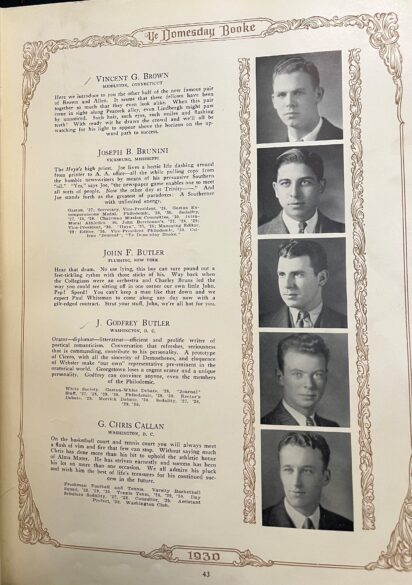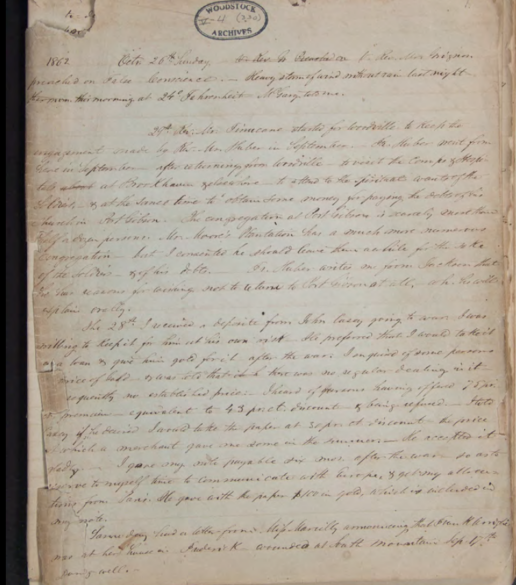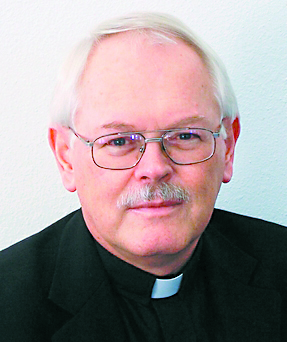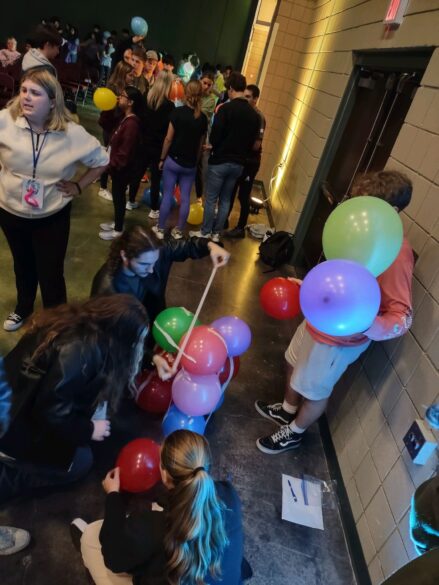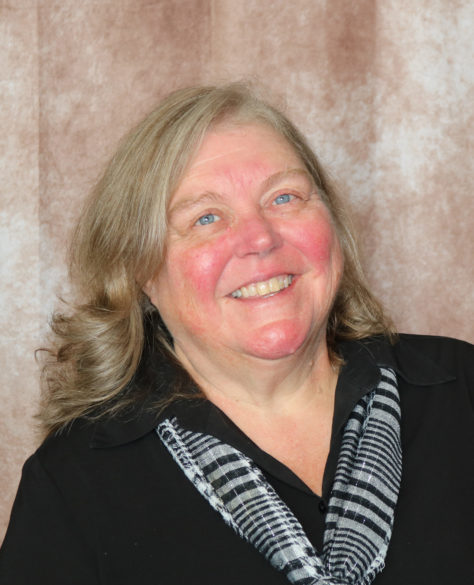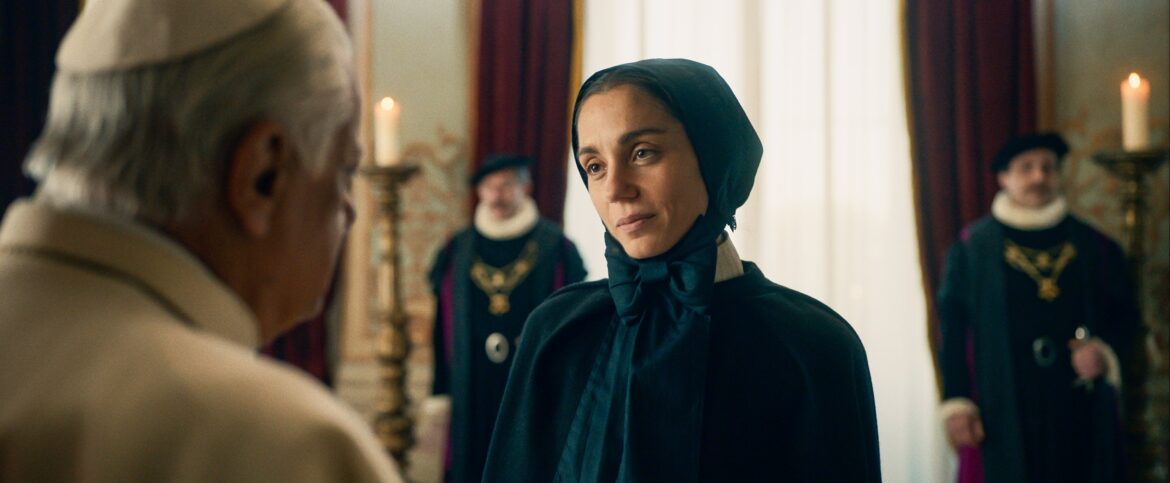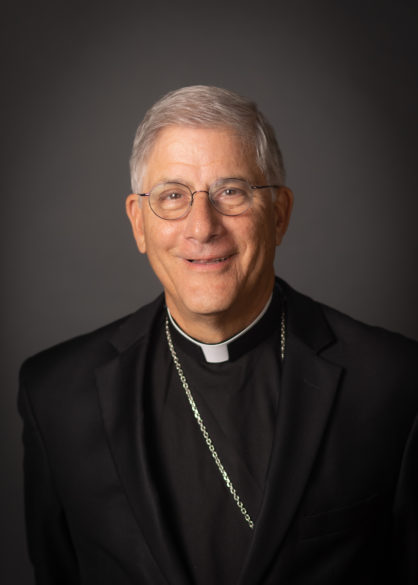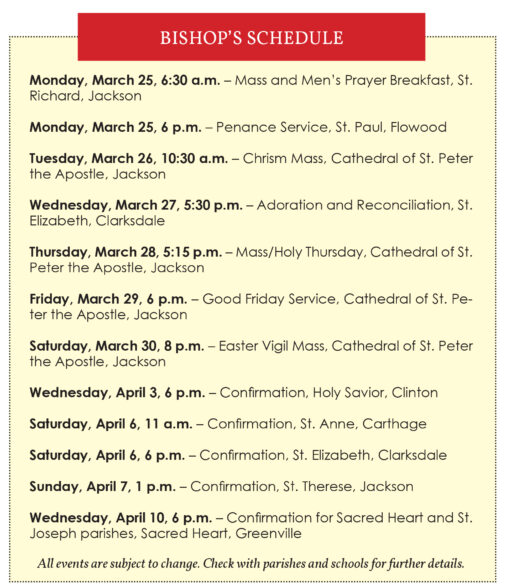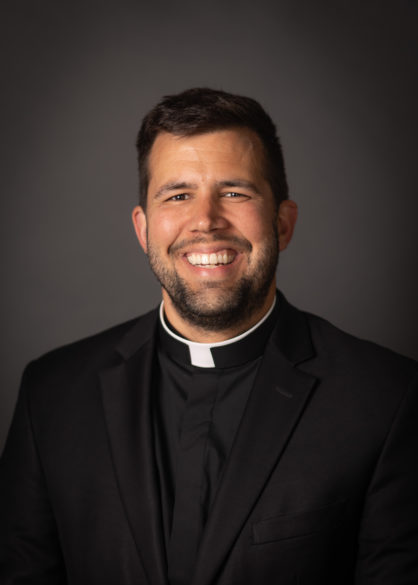On Ordinary Times
By Lucia A. Silecchia
This past weekend, side by side in the grocery store, lay both bags of salt to pour on icy sidewalks for winter’s last hurrahs and bags of topsoil to spread in flower beds to welcome spring’s first blooms. This juxtaposition perfectly represents the unique place of March in the cycle of the year.
Some say March goes “in like a lion and out like a lamb.” However, seeing March as the season of salt and soil captures its essence as well.
On the one hand, March still remains very much part of winter. Some infamous blizzards have buried cities with snow just as winter-weary residents let down their guard. In a single week, a warm day that beckons the start of spring can be followed by a dip in the temperature that, once again, sets furnaces humming for a week. Light spring jackets and heavy winter coats both wait in our closets. Somehow, it still seems too daring to put away winter boots.
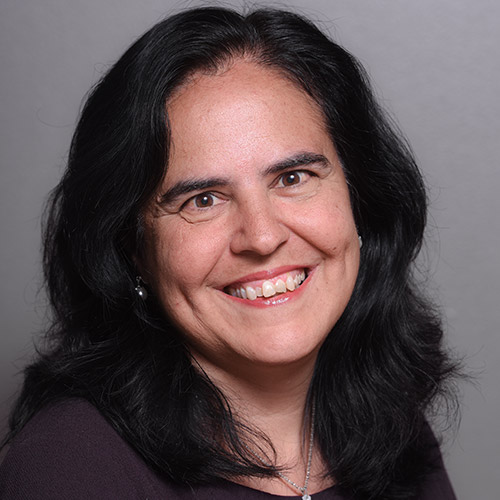
We set our clocks forward and relish the longer nights that seem like summer. Alas, though, our mornings are dark and still tinged with winter chill. Whenever there are a few spring days in a row, we dare to believe that spring is here to stay. Yet, we remain cautiously unsure.
In many ways, March seems like the perfect metaphor for the human condition and for our journeys through this life.
We are so often torn between the shadows of our winters that hold us back and the bright joys of spring for which we hope. We know the temptations, weaknesses and faults that keep us from being who we are meant to be. We also know those things that are good and true toward which we move. Yet, just as March toggles back and forth between winter and spring, so too can human nature seem to do the same thing.
We rejoice when there are hard won victories over vices and look forward to each new day lived better than the one before. Then, sometimes, just as a string of spring days in March can disappear with a returning gust of winter, so too can come the setbacks in our own lives. We know that each day can bring us closer to God and the good, just as we know each day of March brings us, undeniably, closer to spring, Yet, sometimes, this progress can feel fragile.
In all its frustrating challenges, in all its uncertainties, and in all its tensions between victories won and setbacks endured, life can sometimes seem to be a season that looks suspiciously like a very long March!
This year, though, March is a little different. Whatever its first thirty days may hold, there is something uniquely beautiful about celebrating Easter on the very last day of March. It is joyously comforting to know that the tempestuous days of this unpredictable month will end with the joy of Easter.
When we celebrate Christ’s resurrection, it is the definitive end to the darkness of winter. It is the victory over all those things that pull us back when we ache to move forward to new life. It is the triumphant celebration of a new life that is no longer temporary and tenuous. It is not a timid warm day in March that can be easily overtaken by a returning gust of winter. It is, instead, a final victory over sin and death.
Through the roller coaster that is March, and through the highs and lows of life, there remains the beautiful hope of Easter joy. It is a hope that sustains and strengthens through our turbulent march through ordinary time.
(Lucia A. Silecchia is Professor of Law and Associate Dean for Faculty Research at the Catholic University of America’s Columbus School of Law. Email her at silecchia@cua.edu.)

